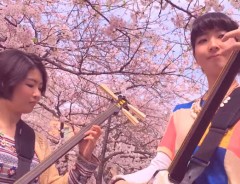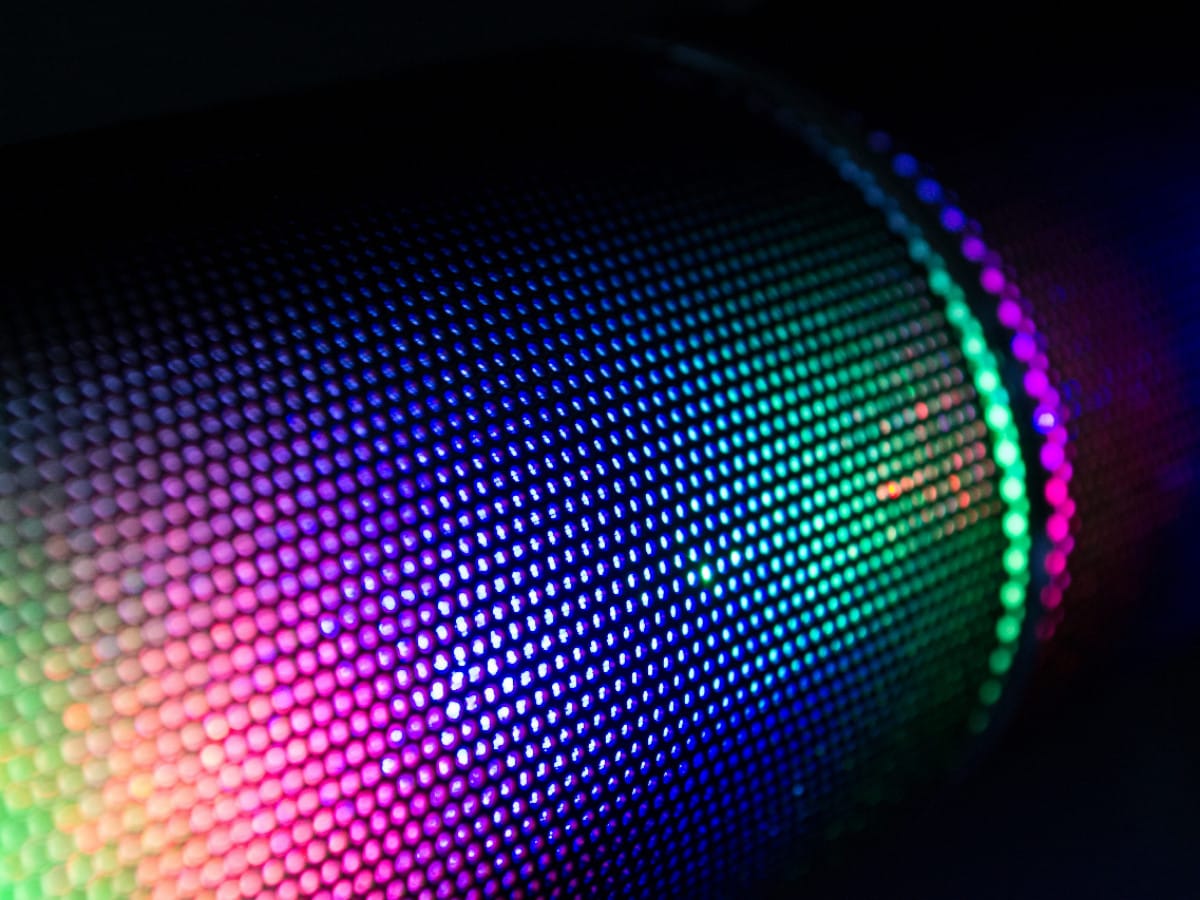- Tags:
- 1980s / ambient music / Japanese music / kankyo ongaku
Related Article
-

Fuji Rock 2018 and YouTube – Japan’s Music Magic goes Global [Video]
-

The First Take: One Studio, One microphone, One singer, One chance
-

Nana Asano: The Heisei-Born 21-year-old who yearns for the Showa Era
-

Masterful Performance By Two Shamisen Girls Under Sakura Trees Is Simply Awe-Inspiring
-

Japanese Instrumental And Beat Box Covers Of Attack On Titan, Mission Impossible, Dragon Ball–And More!
-

Japanese noise music soothes the soul and comforts the mind



My first introduction to the gentleness of Japanese music was from the SNES—AKA Super Famicom—game Pilot Wings. I don't know if you remember, but in that 1990 game, you must accomplish several aeronautic tasks to become a fighter pilot. The soundtrack is a wishy-washy digital synth orchestration that makes for mind-settling background music. Perfect for concentrating when you're attempting to land on targets while skydiving.
Here’s a brief taste:
There are likely countless other examples of relaxing, spa-like music in early Japanese video games. While blazing synth tracks are more common, games like Axelay, Metroid, and others have their quieter tracks. And, of course, a majority of the music from the Final Fantasy franchise is calming, pensive, and entirely Japanese.
While I can't prove it, I imagine a lot of those video game composers drew inspiration from early ambient music. Throughout the 1980s, the genre experienced a boom in Japan, and saw the rise of several prominent musicians. Here are some of their must-listen releases.
Hiroshi Yoshimura “Green” 1986
Might as well start strong.
Hiroshi Yoshimura is probably one of the most recognizable names in Japanese ambient music. He was particularly influential in the minimalist genre of kankyō ongaku 環境音楽, or environment music, that we’ll be focusing on. He employs a lot of sounds from nature placed among soft synthesizer tracks that seem to—at least to my ears—rely on FM synthesis. Overall, much of his music has a dreamy, sleepy, Sunday feel to it.
His album "Green" was one of his seminal works. Although ambient music isn't typically attention-grabbing, this album sucks listeners into its peaceful, natural ambiance. The sounds and harmonies are unobtrusive, pleasant, and thought-provoking. With a quasi-Vangelis Blade Runner feel, it's a fantastic album for studying.
And definitely grab a copy if you have the chance. Although "Green" was out of print for some time, to many an online fan's joy, it was reissued early in 2020. Prior to that, word of mouth had it that copies were going for as much as $2000.
Yoshio Ojima “Une Collection Des Chaînons: Music For Spiral” 1988
Like Hiroshi Yoshimura, Yoshio Ojima incorporated computers into his music. One of the early adopters of MIDI sequencing software, he leveraged several cutting-edge digital technologies to create soundscapes that ranged from extra-terrestrial and ethereal to moderately-abrasive.
On one of his earlier works, "Une Collection Des Chaînons," he employs repetition with evolving background sounds. These other-worldly soundscapes would likely feel at home in the quieter moments of Sci-Fi animes like Akira. Furthermore, Ojima's almost curious use of space provides a throughline that holds the listener's ear.
Although the album is largely "spacey," it does not shy away from jagged sounds. Some of the sound design seems slightly clippy, forged with a cutting grit. While the mood never sinks into something that could be considered dystopian or pessimistic, this nuance adds an interesting level to "Une Collection Des Chaînons" that other ambient works overlook.
Joe Hisaishi “Information” 1982
You'd remiss in writing about Japanese ambient, environmental music without mentioning Joe Hisaishi. With over 100 film scores and solo albums, this epic composer is a titan of the Japanese music industry. He is particularly well-known in the anime industry as the composer of several Studio Ghibli films, including My Neighbor Totoro and Spirited Away.
Nevertheless, his solo work is just as inspiring, especially his earlier synth-driven albums. Take, for example, Information:
Like Yoshio Ojima, there is a lot of reliance on repetitive arpeggiation, but without the aggressive edge. Hisaishi also seems to engage more of the sonic range, pushing lower frequencies to give a fuller sound to several tracks. While the album is particularly striking, it is, unfortunately, unavailable in a single edit on YouTube. Although it's a pain, I recommend readers search out as many of the individual tracks as possible.
Akira Ito “Marine Flowers” 1986
Akira Ito is a lesser-known artist, but massively talented nonetheless. His music incorporates a greater range of instruments than some of the other musicians featured, and at times seemingly takes inspiration from ancient India. Ito is no stranger to the sitar, and "Buddha" is one of his more famous, albeit jazzier, albums.
The later "Marine Flowers," however, is more akin to other kankyō ongaku releases. It incorporates a wide range of instrumentation but relies heavily on arpeggiation and atmospheric sounds. As well as the sitar, giving many tracks a south Asian twang. That said, Ito's early jazz influences are also noticeable at several points. This gives "Marine Flowers" a fair amount of energy compared to other ambient Japanese albums of the 1980s.